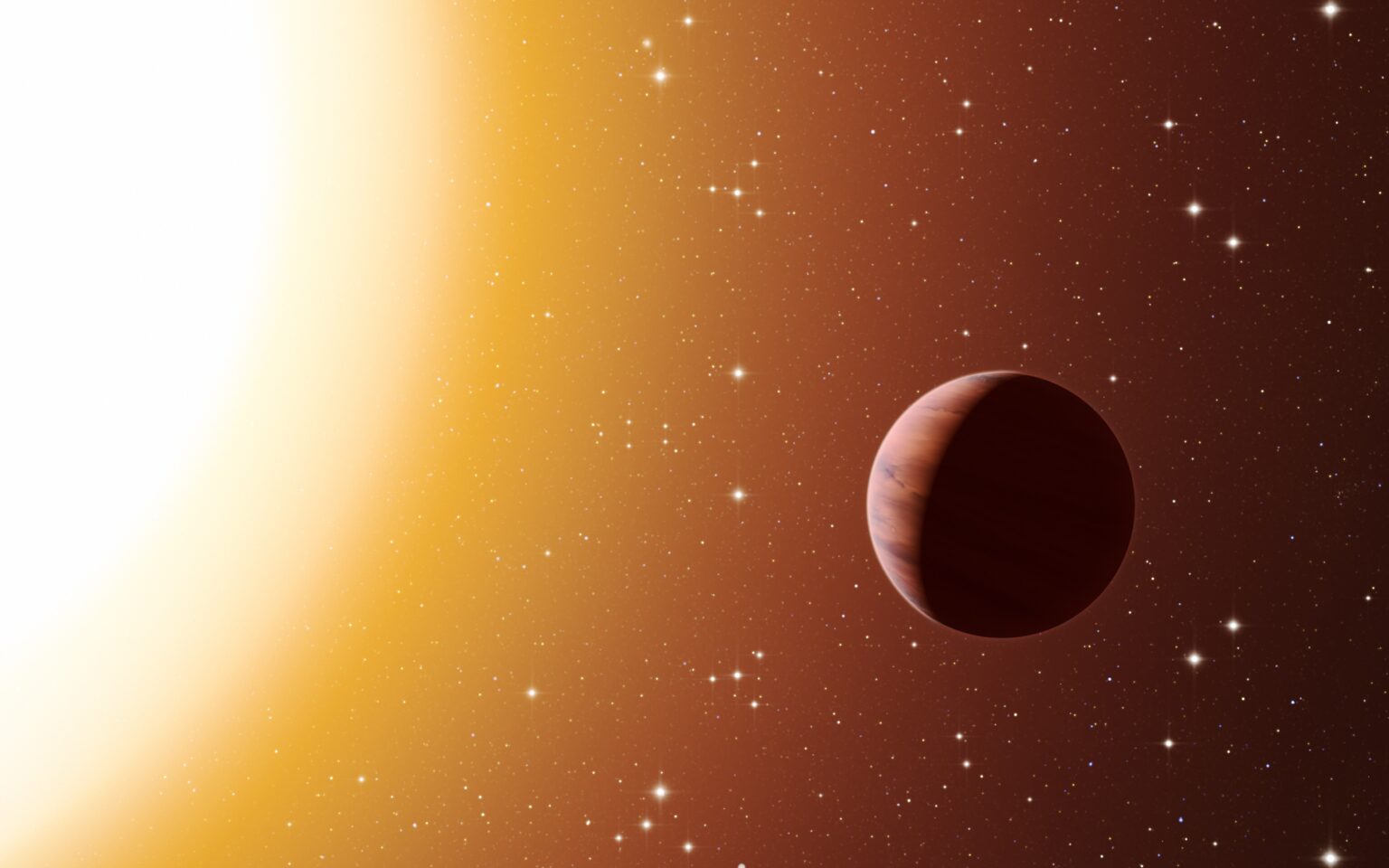TOI-4862 is a young sun-like star located 762 light-years from Earth. A planet has recently been found near it, which resembles Jupiter in size, but is much warmer than Earth.

Discovery of new exoplanets
An international team of astronomers reports the discovery of a new young and warm exoplanet orbiting a distant star. The newly discovered alien world, designated TOI-4862 b (or NGTS-30 b), is similar in size and mass to Jupiter.
NASA’s Transiting Exoplanet Survey Satellite (TESS) has already detected more than 7,100 candidate exoplanets (TESS Objects of Interest, or TOI), of which 432 have been confirmed to date. Since its launch in April 2018, this space telescope has been surveying about 200,000 of the brightest stars near the Sun in order to search for transiting exoplanets.
Recently, a group of astronomers led by Matthew Battley from the University of Geneva in Switzerland confirmed the existence of another TOI. TESS is observing it. They found a transit signal in the light curve of TOI-4862, a young G-type star located about 762 light-years away. The planetary nature of this signal was confirmed by further observations.
Jupiter-sized planet
The new planet TOI-4862 b has a radius of 0.93 of Jupiter’s radius, and its mass is approximately 0.96 of its weight. The planet orbits its star every 98.3 days in a moderately eccentric orbit (with an eccentricity of 0.294), at a distance of 0.41 AU from it. Because of this, the equilibrium temperature of TOI-4862 b probably ranges from 274 to 500 K.
The parent star TOI-4862 is several percent smaller and less massive than the Sun, and its age is estimated at 1.1 billion years. The effective temperature on the surface of the star is approximately 5,455 K, and its metallicity is at the level of -0.03 dex.
The obtained parameters make TOI-4862 b one of the youngest warm Jupiters discovered so far. Based on internal modeling, astronomers found that the gas giant had a mass fraction of 0.23 heavy elements and an enrichment of 20 heavy elements, which increased the metallicity of this body compared to its parent star.
Summing up the results, the authors of the study emphasized the uniqueness of TOI-4862 b, suggesting to continue the study of this interesting extrasolar world.
According to phys.org
Follow us on Twitter to get the most interesting space news in time
https://twitter.com/ust_magazine


